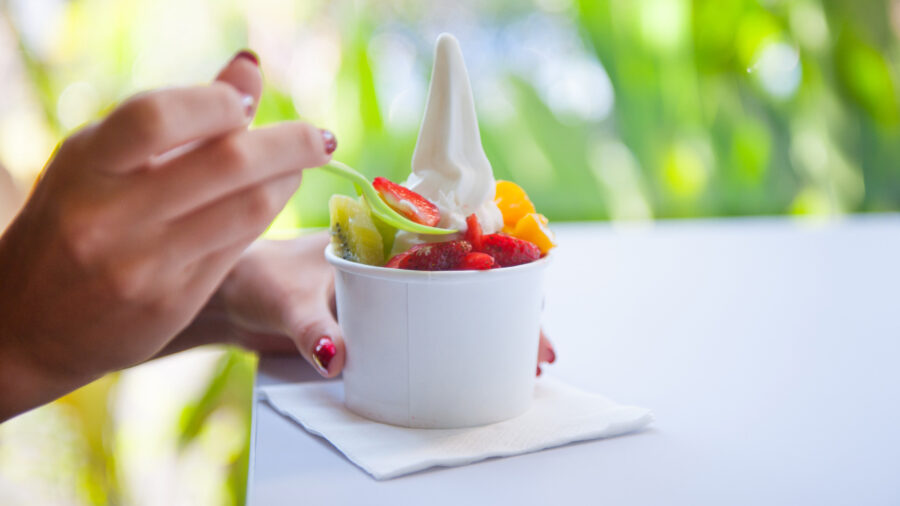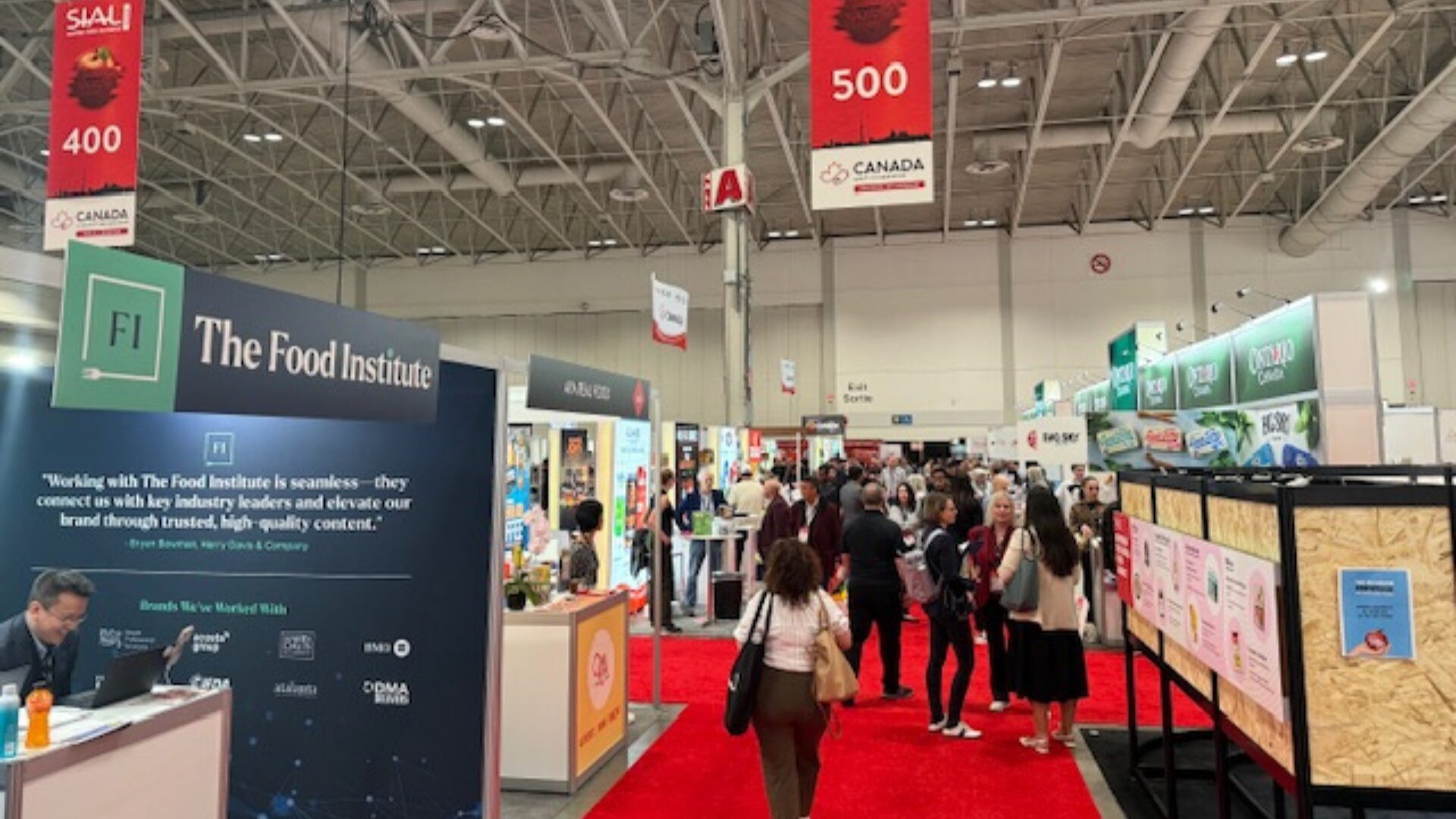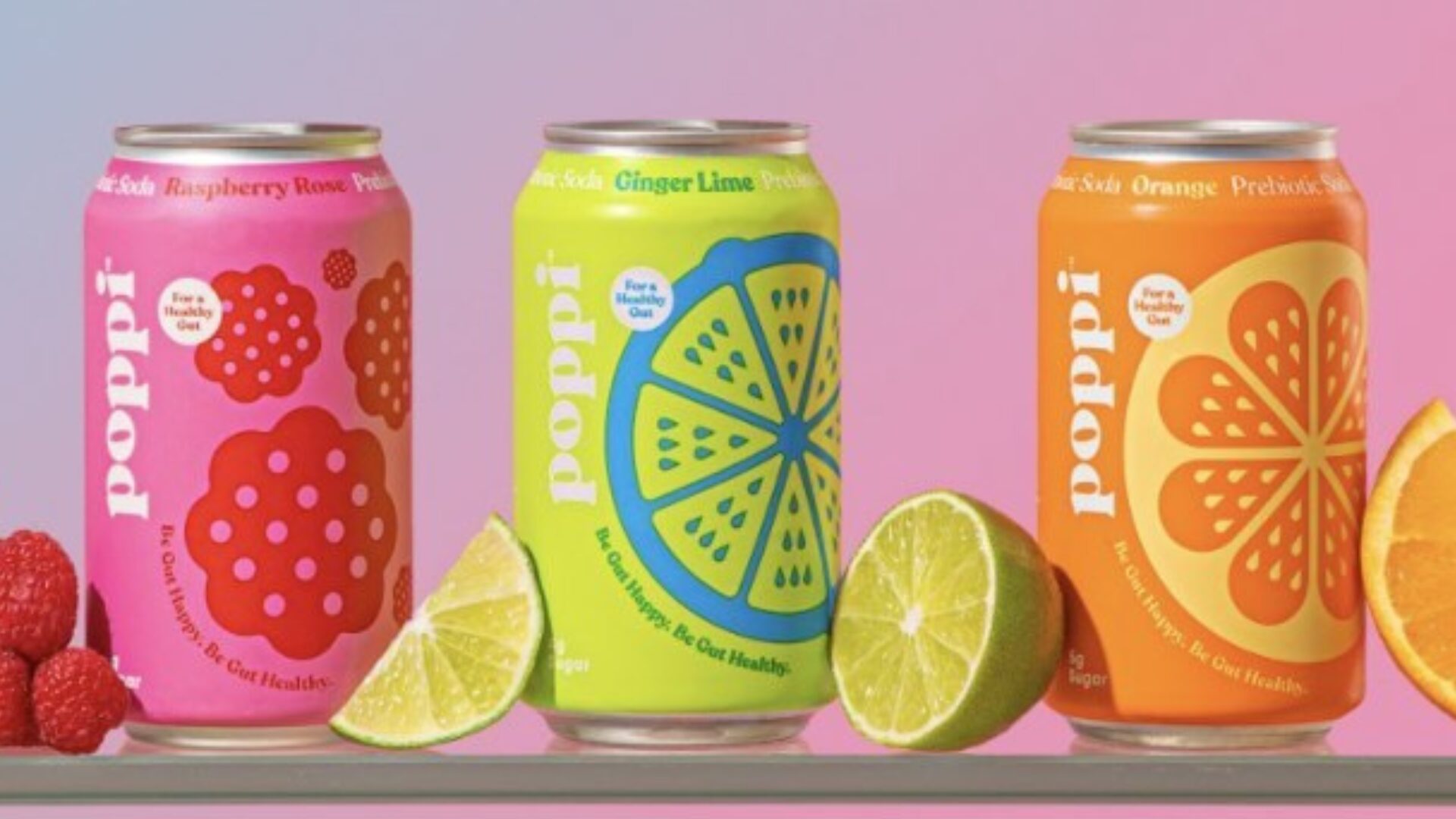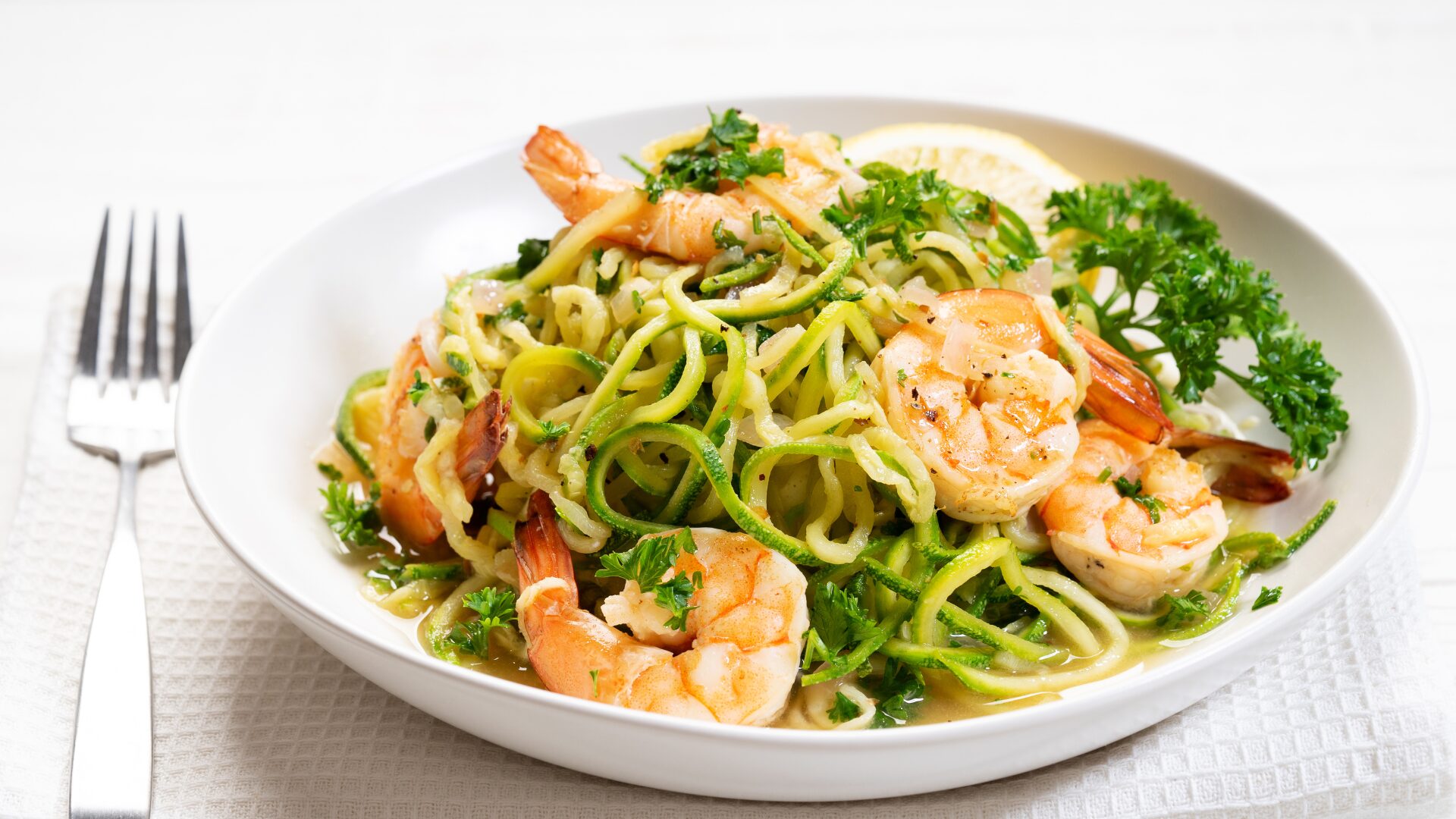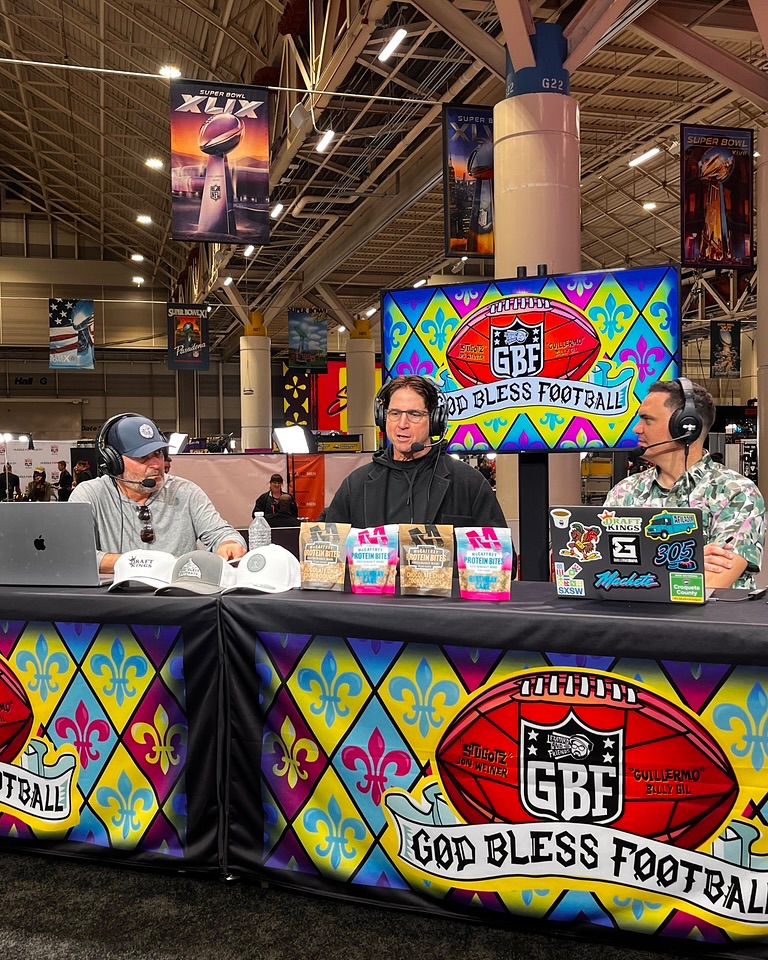How many of you have fond memories of hitting the mall with your friends and stopping for some “froyo?” Frozen yogurt has ebbed and flowed since the 1990s, including a wave of popularity around 2010, where it seemed the hottest new accessory was a cup of Pinkberry.
Is froyo still relevant, or has its time come and gone? It depends who you ask.
According to Technomic, Orange Leaf Frozen Yogurt sales slipped 44.2% and unit count dropped 41.3% the last three years, Meanwhile, Menchie’s Frozen Yogurt’s units shrank 15.4% in 2021 and sales at Pinkberry have fallen an average of 31.8% over the past three years, with units dropping 5.3% last year.
Not all is bleak on the froyo front, however. The brand 16 Handles grew sales 7.5% recently and had a stable unit count. And Sam Yoon, president of Yogurtland, says we’re still smack dab in the middle of the froyo era. Neil Hershman, CEO of 16 Handles, agreed, and said the demand for frozen yogurt is still very much here.
“It’s been a really strong market for a long time, there’s this thought that there’s these different waves of froyo, but if you look at it on a longer scale, it’s been overall successful for two decades now,” Hershman told Restaurant Business.
Here are some of the keys to froyo success.
INNOVATION IS KEY
To see continued success, frozen yogurt shops must continue to reinvent themselves and find new ways to get in front of customers. Using social media is one effective way to do so.
For example, 16 Handles recently brought on a YouTuber with over 1.5 billion views on his channel as its creative officer and co-owner.
Kelly Stockdale, senior category manager at KeHE Distributors, said toppings and creative ways to mix inclusions into yogurt are what frozen yogurt chains should lean into if they want to attain success.
“Most of the fun we associate with frozen yogurt has to do with the toppings and creative ways we mix inclusions into the yogurt when we go to a shop like Pinkberry… home consumers tend to not have 30 different topping options available at home for a Wednesday night after dinner treat. This makes the experience of frozen yogurt something that’s firmly rooted in a trip to a shop in American consumers’ minds,” Stockdale told the Food Institute.
“If frozen yogurt brands could figure out a way to bring the fun of the yogurt shop home to consumers, there could be a path forward for greater sales and exposure,” Stockdale added.
“Think pints of froyo with candy inclusions like gummy bears and swirls of caramel or strawberry sauce. You could also look at frozen yogurt bars, or novelties with candy or sweet treats enrobed around the outside or included at the center to offer some of the fun of the shop at home.”
CUSTOMER TARGETING
Another key to froyo success is finding ideal customers. 16 Handles also has a strategy for that, Hershman told Restaurant Business, by creating an experience for its customers.
“At 8 p.m., these entry-level workers, these couples after they finish their dinner date, they should have somewhere to go: a cool place to hang out, to sit down and enjoy dessert,” Hershman told Restaurant Business. “And that’s what 16 Handles was, and that’s how I found it. It’s a modern design and just a really fun store to hang out in.”
Yogurtland keeps communication with customers top-of-mind, and it’s paid off. It keeps its customers involved in the flavor-development process, which ensures that they keep coming back. They’ve also teamed with CPG brands and started incorporating items such as Sour Patch Kids and Flamin’ Hot Cheetos, according to Restaurant Business.
A HEALTHIER CHOICE
One of the biggest advantages frozen yogurt has is the fact that it’s a healthier-for-you dessert. Being healthy is especially attractive for consumers right now, coming out of the COVID-19 pandemic.
Stockdale says that leaning into the health aspect would be a wise choice for froyo shops. In that spirit, Yogurtland is launching dairy-free flavors to meet a growing demand for plant-based foods, and 16 Handles partnered with Oatly to provide dairy-free options.
“If brands wanted to lean into the health aspect, they could make sure to use only clean ingredients, even to the point of aligning with European health food standards to appeal to the Keto, clean eating, or health food crowd – while still putting a premium on taste and texture,” Stockdale told the Food Institute.


